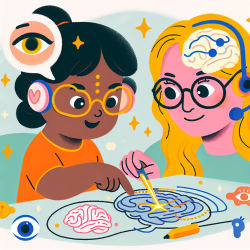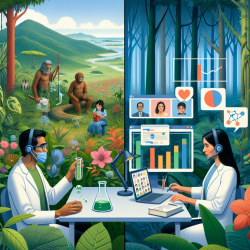Uncertainty is a fundamental aspect of science, yet it is often presented as certain and unchangeable in educational contexts. This disconnect can lead to distrust when scientific knowledge evolves, as seen during the COVID-19 pandemic. A recent study, "Making Sense of Uncertainty in the Science Classroom," suggests that adopting a Bayesian approach can help students better understand and trust scientific processes.
Why Embrace Bayesian Reasoning?
Bayesian reasoning allows for a flexible and principled way to update knowledge in light of new evidence. This method can be particularly useful in the classroom for several reasons:
- Contextual Learning: It helps students see scientific knowledge as tentative and open to revision, fostering a more accurate understanding of how science works.
- Critical Thinking: Encourages students to weigh evidence and consider alternative explanations, enhancing their critical thinking skills.
- Trust in Science: By understanding the probabilistic nature of scientific knowledge, students can build trust in the scientific process, even when recommendations change.
Practical Strategies for Implementing Bayesian Reasoning
1. Use Principles to Support Bayesian Reasoning
Introduce three core principles to your students:
- Be open to new evidence.
- Account for what is already known.
- Consider alternative explanations.
These principles can help students understand that scientific knowledge is always subject to change based on new evidence.
2. Utilize the Confidence Updater Widget
A web-based tool like the Confidence Updater widget can make Bayesian calculations more accessible. This tool allows students to input their initial confidence in a hypothesis and update it based on new evidence. It provides a hands-on way for students to see how their beliefs can change with new data.
3. Engage Younger Learners
Even younger students can benefit from Bayesian reasoning. Simple games and activities that involve making predictions and updating them based on new information can help younger learners grasp these concepts. For example, a game where students draw tokens from a bag and update their predictions about the contents can be both fun and educational.
Conclusion
Incorporating Bayesian reasoning into your science classroom can transform how students understand and engage with scientific knowledge. By emphasizing the tentative nature of science and providing tools for critical thinking, you can help students build a more nuanced and trustworthy understanding of the scientific process.
To read the original research paper, please follow this link: Making Sense of Uncertainty in the Science Classroom.










